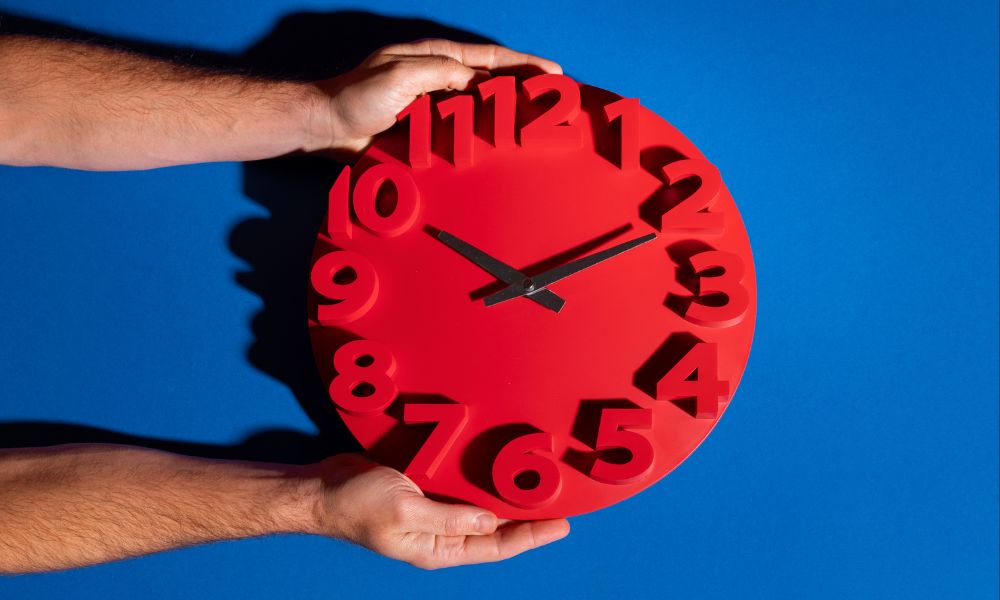Once upon a time, we believed that we’d see the last of the obsessive hustle culture that had dominated the tech sphere for years, but with the rise of the “996” culture debate, it’s evident that Silicon Valley startups are determined to bring it back. China’s outlawed 996 work model has now taken hold of many tech startups, particularly in the field of AI. The 996 trend among AI firms refers to a work system of working from 9 AM to 9 PM six days a week. Sounds like overkill? It sure does, but it appears that businesses are increasingly considering overworked employees a worthwhile endeavor to remain competitive and stay ahead of the curve.

Image: Freepik
The 996 Culture Debate—What Is the Appeal and Who’s Promoting the Trend?
China’s job market is known for being competitive, and the 996 work culture is perhaps one of the most evident signs of it. In recent years, however, there have been attempts to dial it down. The country’s Supreme People’s Court and the Ministry of Human Resources and Social Security came together to declare the practice of working 12-hour days for six days a week as illegal in 2021, however, some habits are hard to break. While traces of such extreme working conditions can still be found, in recent years, younger workers have begun to shun the restrictive corporate culture in favor of personal well-being.
Unfortunately for the global workforce, organizations are beginning to look at the culture of overwork as inspiration rather than as a warning. From India to America, there have been multiple instances of CEOs speaking up about the long hours they spent setting up their businesses, and deriding workers who are not willing to do the same for their companies today.
AI Startups Adopt the 996 Work Model to Remain Competitive
A new report from Wired revealed that many startups are embracing the 996 model in order to get ahead of competitors. For some, the adoption of a 72-hour workweek is just what it takes to run a regular business, especially in its early years. The report suggests that recruiters are specifically being asked to bring in candidates who agree with the 996 model before matters can proceed any further, all to ensure there is no question about their ability to keep up.
Startup culture has never been known for being gentle with its employees, regularly featuring an understaffed workforce that’s overworked around the clock. Some workers receive a smattering of benefits that make the opportunity more alluring, but the question of burnout goes unacknowledged for the most part. The overworked startup culture in 2025 is set to get infinitely more complicated, with the 996 work model now trending in Silicon Valley.
With the AI industry flourishing, many entrepreneurs are rushing to establish themselves in the space in order to capitalize on the wealth flowing into the field. This is primarily why the 996 trend is growing among AI firms. Many of these organizations have extensive reserves of investor funds to ensure they can offer willing workers higher pay and better benefits to compensate them for their work, allowing the new trend to thrive.
Startups May Even Be Open to Making Employees Work 7-Day Weeks
The 996 culture debate was largely kick-started by UK-based venture capitalist Harry Stebbings, who indicated that to be a truly competitive organization, even a 996 system was not enough. Businesses that want to lead need to commit to a 007 model where employees work seven days a week, supported by a rotational workforce that can switch out and keep the progress going without interruptions.
“If you want to build a $100 million company, you can do it on five days a week. But if you want to build a $10 billion company, you have to work seven days a week,” he was reported as saying. Organizations are not just competing with Chinese businesses that often appear to be one step ahead, but also attempting to adopt their strategies and execute them locally.
The 996 Culture Debate Is Concerning for Multiple Reasons
The question of whether tech firms and other businesses in pursuit of the 996 model are doing work that warrants such extreme measures is a separate matter entirely. What is concerning is the effect that such a culture could have on employees. Burnout may not be a serious consideration for many organizations, but the impact on employees is inevitable. Alienated from their personal lives and disconnected from the outside world, many could be adversely affected.
Additionally, some organizations might offer tempting advantages that make the long working hours worth an employee’s time, but it is equally possible that organizations could take advantage of desperate employees and capitalize on their work without compensating them fairly. Not all employees are equally eligible for overtime pay, and updated regulations to ensure that they are not abused are unlikely to arrive in the coming years.
Will the 996 culture really take over Silicon Valley this year? It’s certainly a possibility. Both employers and employees need to carefully assess the consequences of such a system and plan ahead for its adverse effects. While employers plan out appropriate benefits and ensure their own adherence to local and federal laws, employees will have to learn to demand fair compensation for their work and set boundaries for the time they do get to enjoy away from work.
While there is a growing chorus of voices in support of four-day workweeks, it is apparent that some industries might be evolving in the opposite direction.
Subscribe to The HR Digest for more insights into the evolving landscape of work and employment right now.





